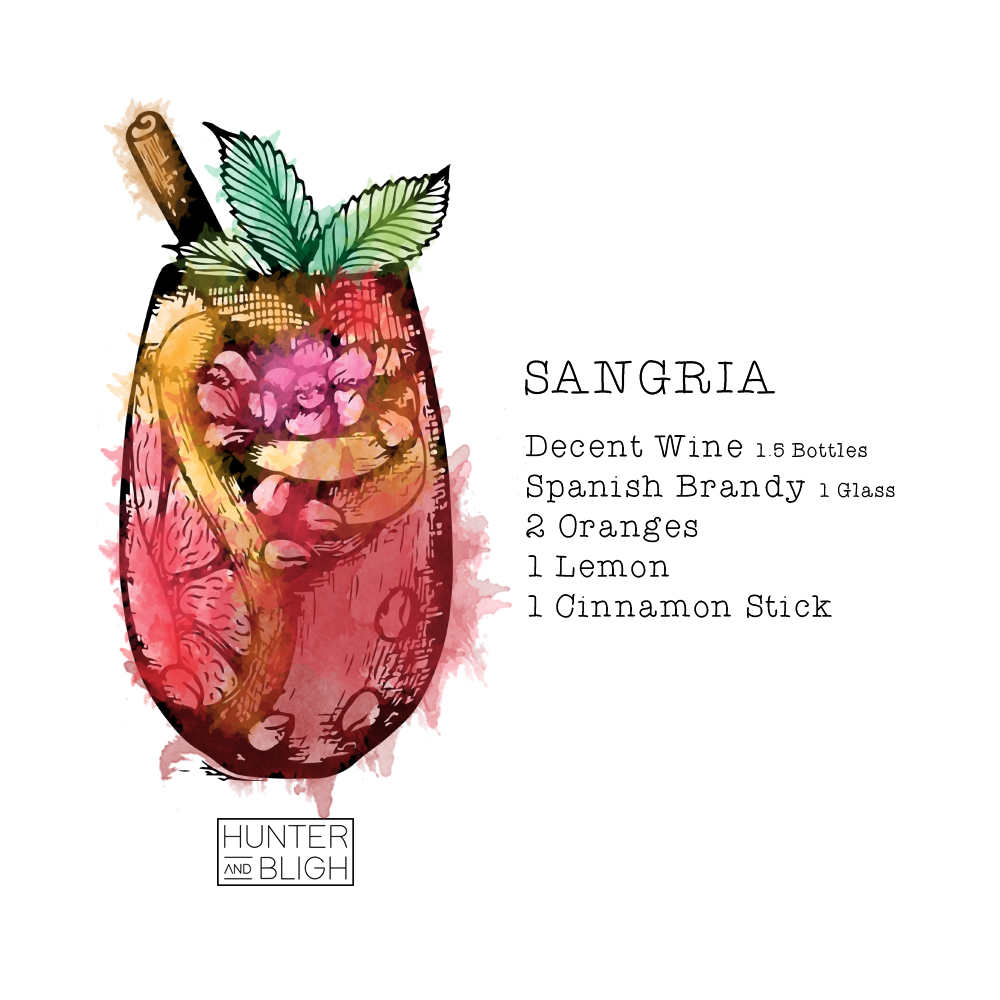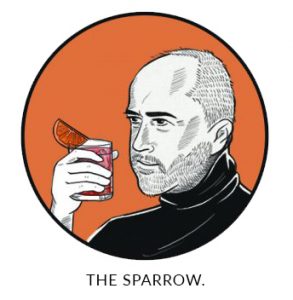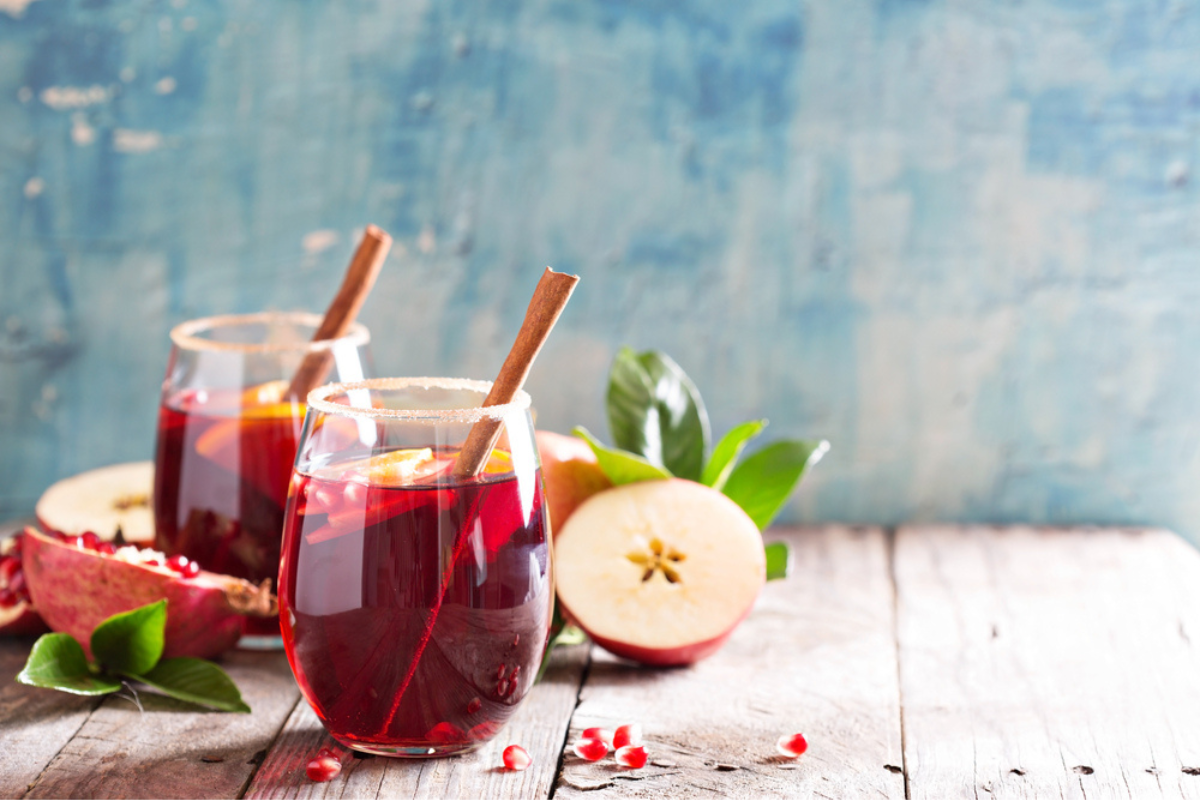Dating back to ancient times, Sangria probably began life as what was known as “hippocras.”
The forerunner of both sangria and mulled wine it was a mixture of fruit, wine and spices drunk by Greeks and Romans. The Romans were in Spain from around 200BC and it is with Spain where sangria is most associated. The name comes from the Spanish word for blood, “sangre” following the dark red of this wine-based punch.
In recent years there have been a multitude of variations on the classic and it seems you can call any wine (white or red) based punch a sangria.

RECIPE
Traditionalists would suggest using a Rioja from Spain to get the authentic flavour but I will leave that up to you. As the drink didn’t get to America until the 1964 World’s Fair it does not appear in the iconic cocktail books of Jerry Thomas and Harry McElhone.
Here is a classic recipe to start you off.
To make a jug or pitcher
1 ½ bottles of fairly decent wine – the better the wine the better the drink
1 glass of Spanish brandy – optional (my favourite brandy is Cardinal Mendoza and if you can get it then please invite me over)
2 oranges – get Spanish oranges for authenticity
1 lemon
1 cinnamon stick
Juice the lemons and the oranges then put it all together in a jug, cover and leave in the fridge overnight. When ready to serve, add ice and slices of orange and lemon as a garnish then pour into large wine glasses. I prefer not to have fruit bobbing around in my glass but we are all different. Traditional sangria jugs have a pinched lip to stop the fruit dropping into your glass.
Hemingway and first wife, Hadley, moved to Paris in 1921 where they befriended American ex pat writer Gertrude Stein. Stein was an aficionada of bullfighting and Hemingway undoubtedly read her poem on the matador Juan Belmore. Hearing about Spain and bullfighting from Stein and later from friend Mike Strater, Hemingway later wrote, “The only place that you could see life and death, i.e. violent death now that the wars were over, was in the bull ring and I wanted very much to go to Spain where I could study it.”
His trip in 1925 led to one of his great novels, The Sun Also Rises, about a group of Americans and British travelling to Pamplona to watch bullfights and the running of the bulls. He developed a life long passion for the country, referring to Spain as “the last good country left”. In 1932 he published his treatise on bullfighting, Death in the Afternoon and following his time there during the Spanish Civil War he wrote For Whom the Bell Tolls, which I think is his greatest novel. Sangria is first mentioned in his writing in his coverage of the 1959 bullfighting season for Life magazine, which was posthumously published as Dangerous Summer however, it is fairly safe to say he would have been very familiar with the drink.
Although of Spanish descent, it is in France where sangria entered (and exited) my life. I am writing this post in a cold sweat of bad memories. When 17, my parents, along with my friends’ parents, amazingly agreed to let us go on a bus trip to the South of France. Living near Glasgow this meant a day and a half sitting on a bus. There were six of us and for most, it was our first overseas trip. Not legally able to drink in Scotland you can imagine our excitement at the thought of cheap French wine and beer readily available.
The Sangria entered the picture quite early as it was easy to drink and kind to our inexperienced palates. Decades later I still shiver at the memory. Needless to say, it was an ugly scene.
However, Sangria is a bit of a catch all name for fruit punch and I have had a few variations over the years. Recently I had a Ginge Minge from Madame Brussels in Melbourne. Appropriately brought to our table by a red-haired waitress, a Ginge Minge contains ginger liqueurs, ginger beer, apple cider, kiwi fruit and vodka.



